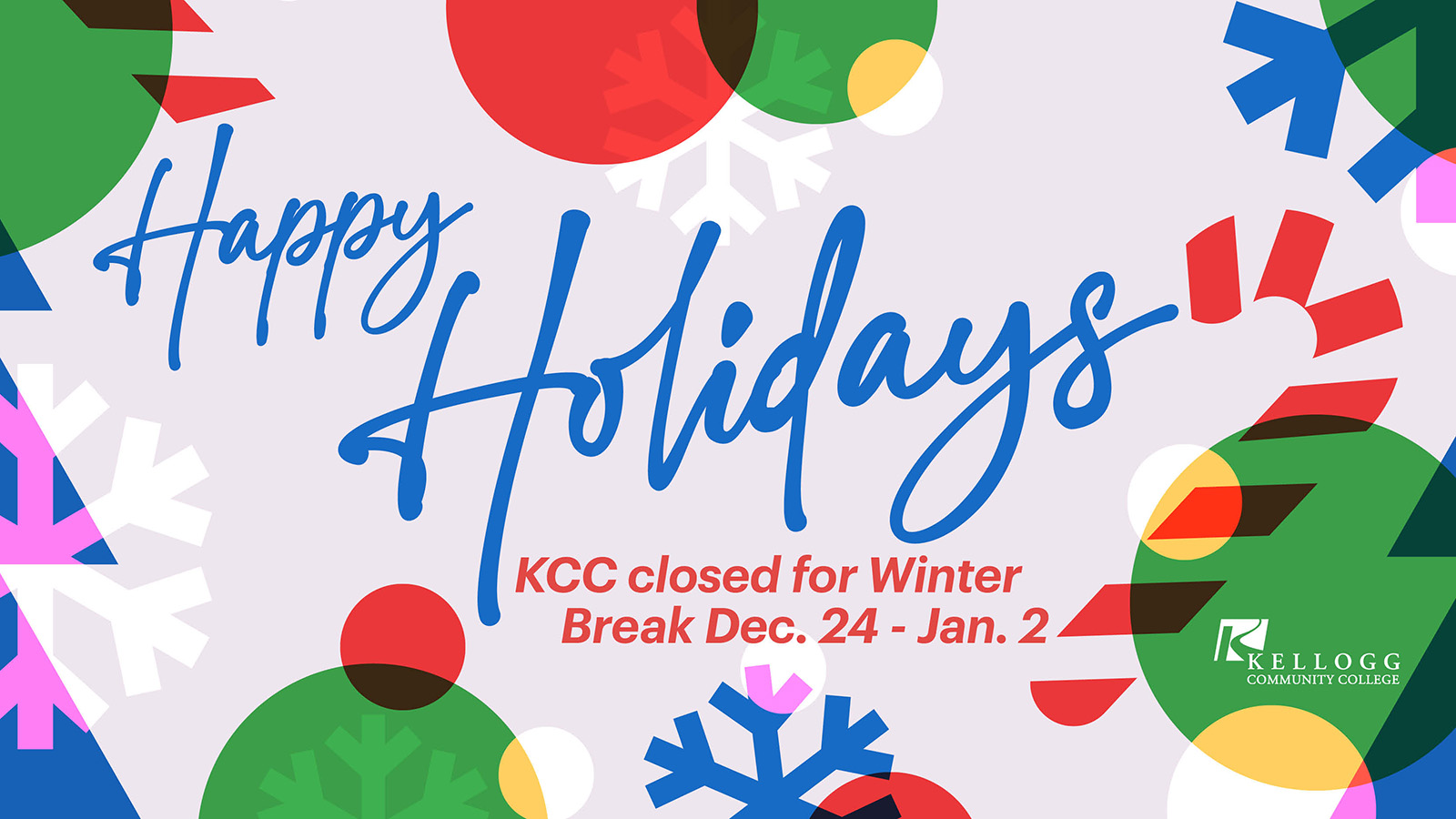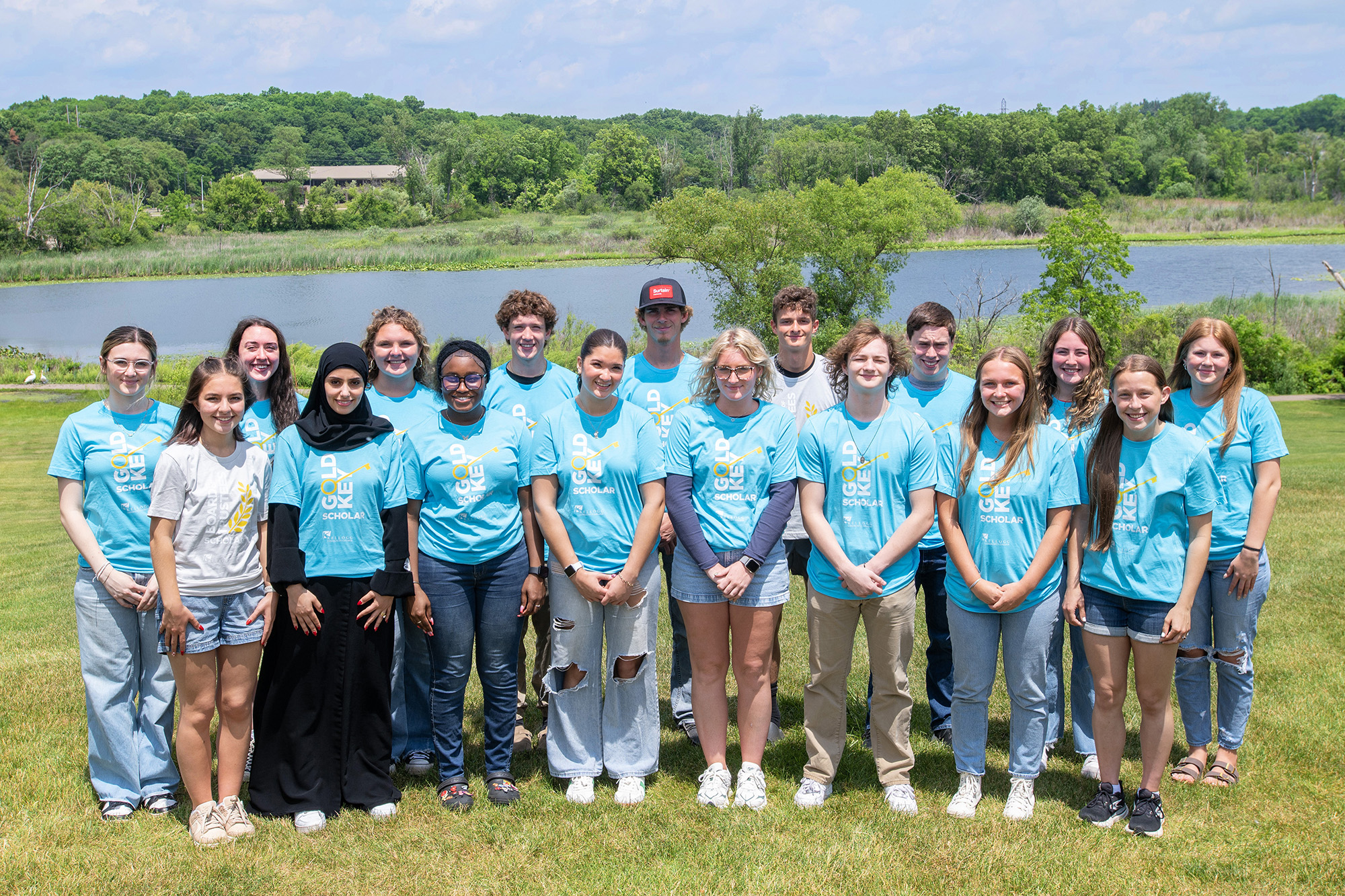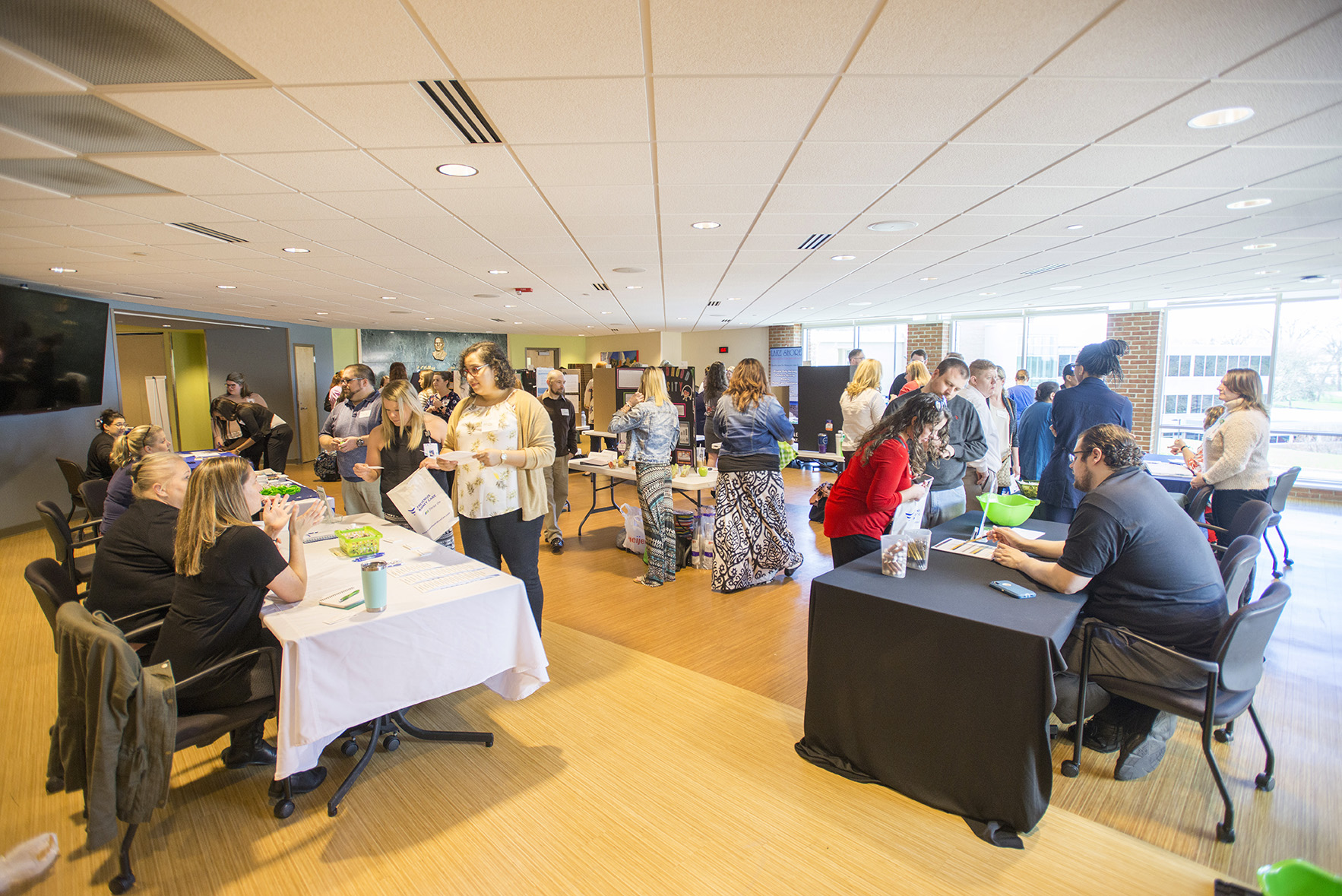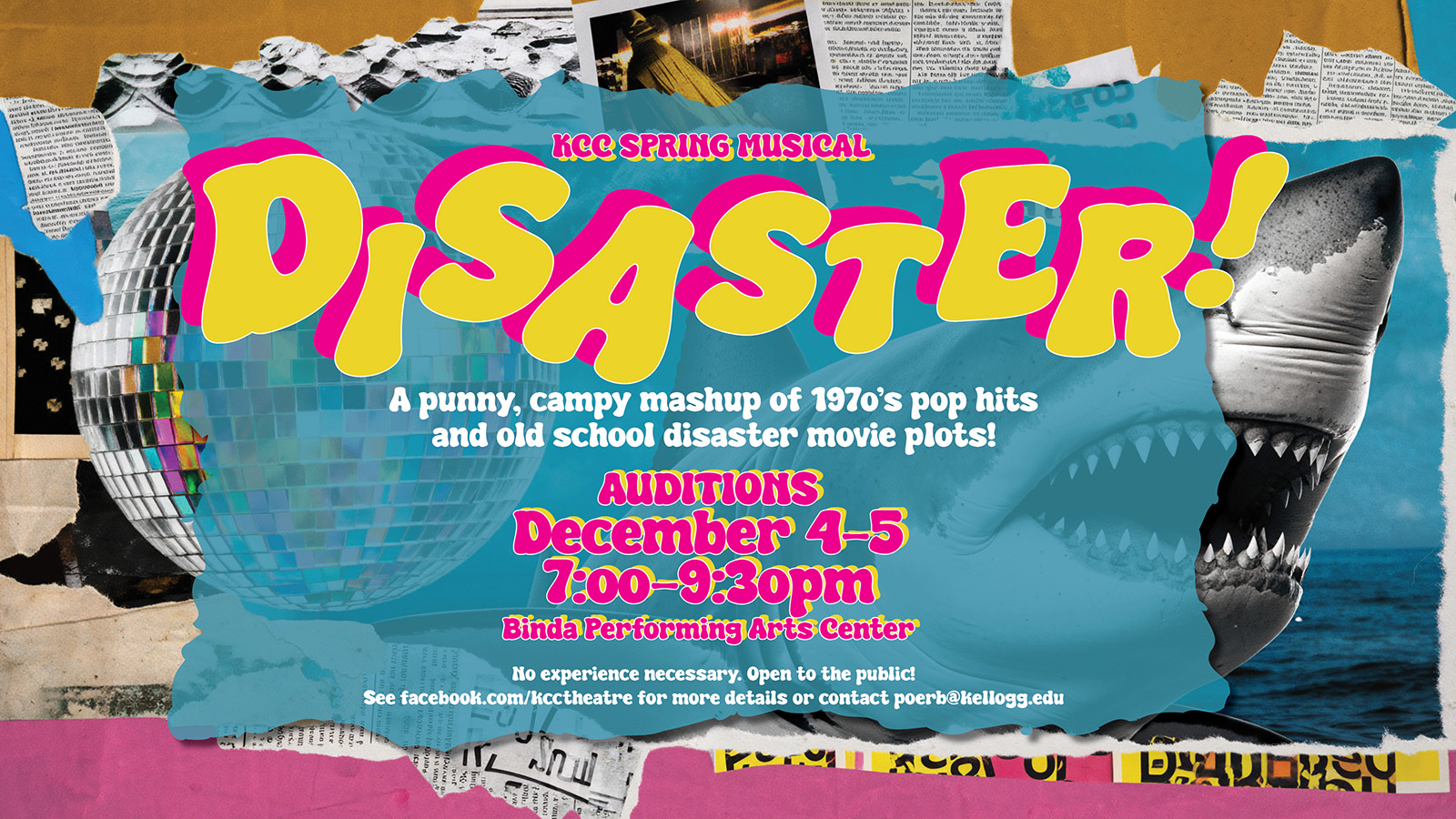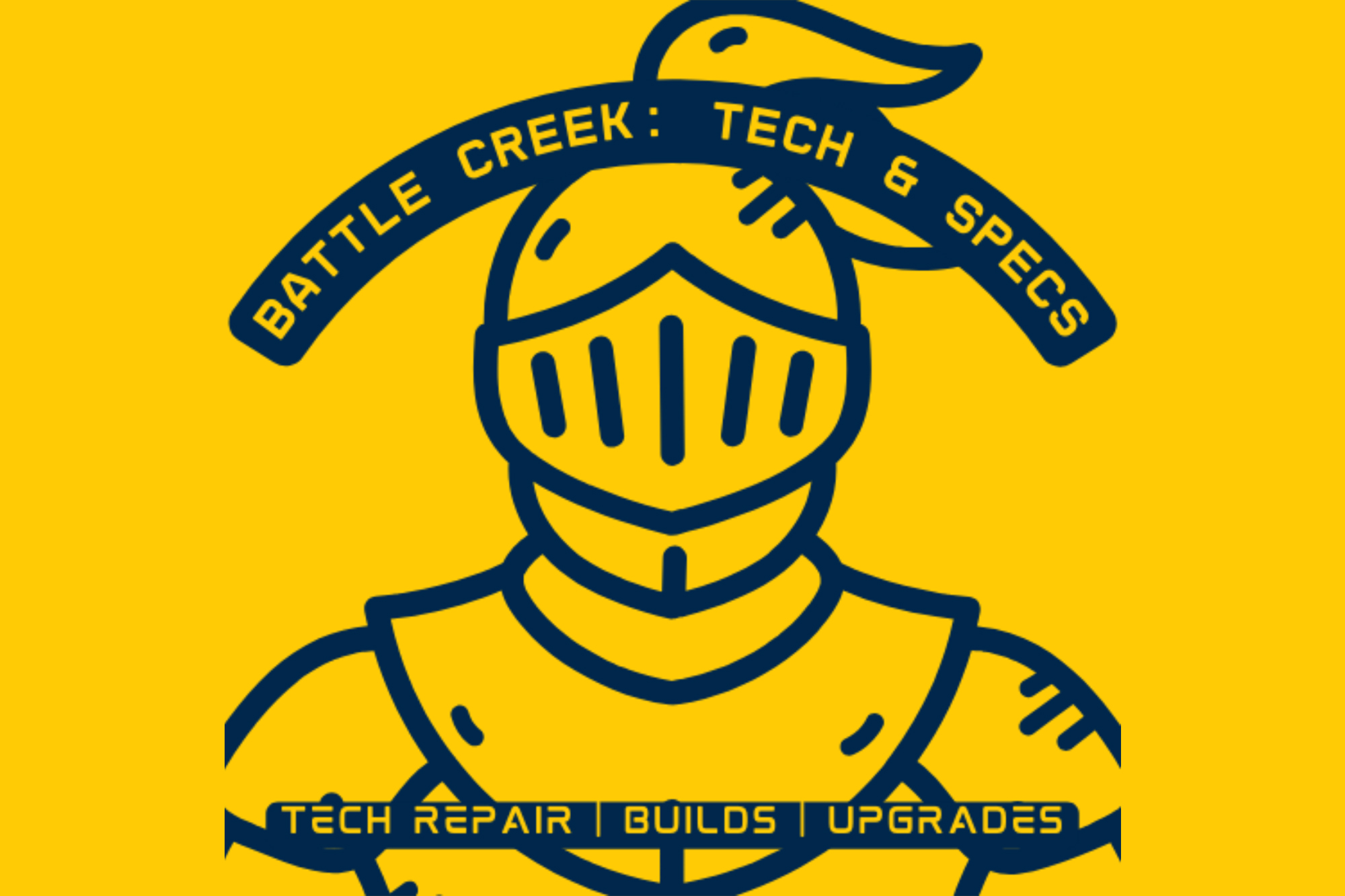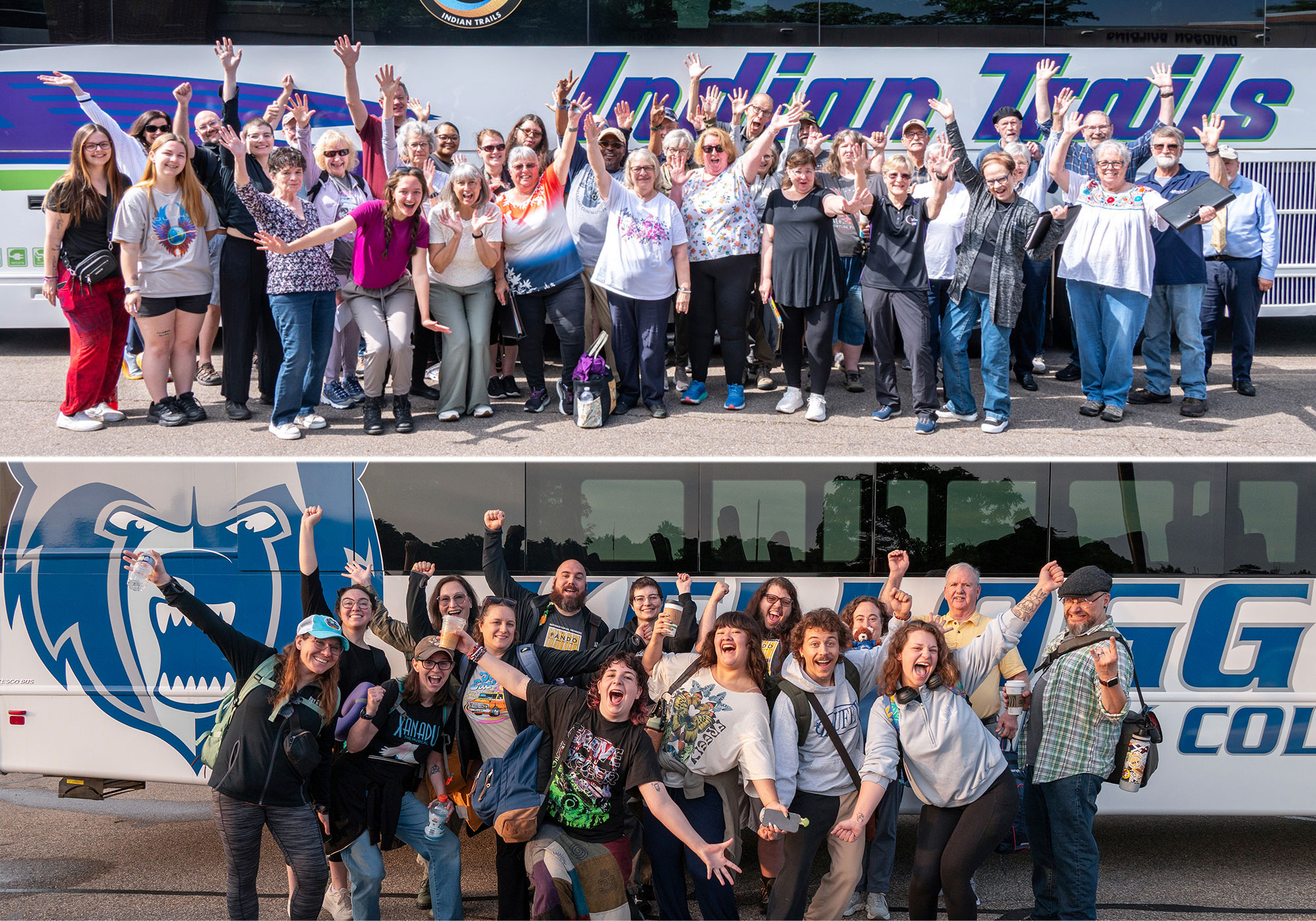Editor’s note: The following article was published in July in Kellogg Community College’s Summer 2012 edition of CareerFocus magazine with the headline, “Top 5 dos and don’ts for a job interview.” View the full CareerFocus publication online at kellogg.mycareerfocus.org or pick up a print copy from the newspaper racks on campus.
When Patrick Casey, director of Kellogg Community College’s Career and Employment Services Department, sits down with students who are preparing for job interviews, he encourages them each to create a matrix including questions that could be asked during the interview, their answers to the questions, and examples to support those answers.
“Going into the interview, what you don’t want to do is be stumped,” he says.
Casey says that as an interviewee, you don’t want to look like you’re “shooting from the hip.” Rather, the most successful interviewees will have their responses ready as soon as each question is asked.
Also important is the nature of your responses, which should be complete, relevant answers that go beyond the surface level and will allow the interviewer to make an objective evaluation of your ability to do the job.
“Here’s what I always tell people: If you get the interview, that means that they’re convinced that you’re good enough to do the job, or else they wouldn’t call you into their office,” Casey says. “And so when they don’t get the job … I would say it’s because they don’t convey to the interviewer their qualities, their strengths, as they pertain to what their specific needs are.”
Here are Casey’s “Top 5 dos and don’ts for a job interview.”
By Patrick Casey
Director of Career and Employment Services
Kellogg Community College
1. The introduction: Don’t go into an interview without a highly thought-out introduction of yourself, what is often referred to as an “elevator pitch.” The question is usually worded as, “Why are you applying for this position?” or “Tell me about yourself…” It is the easiest question you will be asked during the interview, will usually be positioned at the beginning, and is usually the most overlooked question in preparation. It also has the most relevancy because it is part of the crucial first impression. Do prepare a one- to two-minute monologue that follows the TEES model:
T = Type of job you are seeking (answers why you are there).
E = Education and training (answers why your skills are relevant to the job).
E = Experience (answers why you are qualified).
S = Strengths and skills (answers why you are unique to the position).
2. Research: Don’t be unprepared when asked questions that focus on the business model of a company/agency or the products and services of a company/agency. Do know something about the company and/or department that you are interviewing with. Know the mission and vision of an organization, why they exist, where they are going, etc. Conduct a Google search and especially check out recent news articles related to the organization to which you are applying. Also utilize other websites, forums, aggregators, trade organizations, and service review sites to find out as much information as you can about the company.
3. Behavioral-based interviewing: Don’t blindly go into an interview without knowing what a behavioral-based interview is or how it is conducted. Don’t respond to behavioral-based questions without providing specific examples of your accomplishments, actions, and achievements. Do understand that employers that conduct behavioral-based interviews assume that your previous behavior will determine future behavior. Be able to identify when you are being asked a behavioral-based question, which usually comes in the form of something like, “Tell me about a situation in which you…” or “Describe a problem you were faced with and how you dealt with it.” Apply the STAR model when answering these types of questions:
S = Situation: Describe the situation with relevant detail.
T = Tasks: What were the tasks that you had to overcome or complete?
A = Actions: What actions did you take to accomplish the tasks?
R = Results: What were the end results and what did you learn? (Make sure this is positive!)
4. Strengths and weaknesses: Don’t focus on strengths that have no relevancy to the position you are applying for, and don’t identify weaknesses that are superfluous (e.g., chocolate, or “I’m a perfectionist”). Do prepare for a variety of strengths and weakness related questions. We all have strengths; apply those strengths that relate to the position. If applying for a customer service oriented position, then communication and adaptability strengths would be more acceptable then management or accounting strengths. When it comes to identifying a weakness, use a weakness that the interviewer may already perceive and address it by turning it into an asset. An example would be if interviewing for a position that requires supervision of employees and your particular resumé lacks direct management experience. Highlight that, but with a focus on what makes it into a personal strength: “A weakness for me as it pertains to this position is my lack of direct management experience. However, in my previous position I served in the absence of my manager, my company has provided leadership and management training, and I have taken a number of college courses related to human resources, employment law, and strategic management.”
5. Why should I hire you? Don’t think that the questions you are asked in an interview are random and the questions are just designed to get you to think out loud or gauge how you respond independently to each question. Do answer every question as though the fundamental reason why they are asking you is to answer the ultimate question: Why should I hire you? Look at the interview in its entirety and prepare for it and approach it as though it is an exchange of ideas. Your interviewers are trying to get to know you, and you should be trying to get to know them. Ultimately, their decision is going to be based on fit. Are you a good fit? And if yes, why should I hire you? When offered an opportunity to ask them questions, make sure you have questions ready.
For more information about Kellogg Community College’s Career and Employment Services Department, visit www.kellogg.edu/ces/index.html. To search for jobs in the Battle Creek area, visit www.collegecentral.com/kellogg.
Pictured above, a job seeker fills out an application during the Battle Creek Regional Job Fair held at Burnham Brook Community Center in September.



